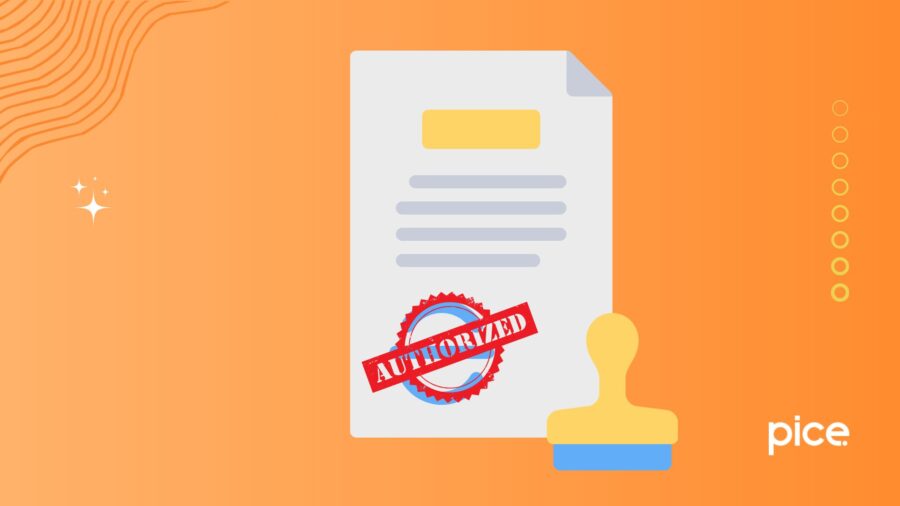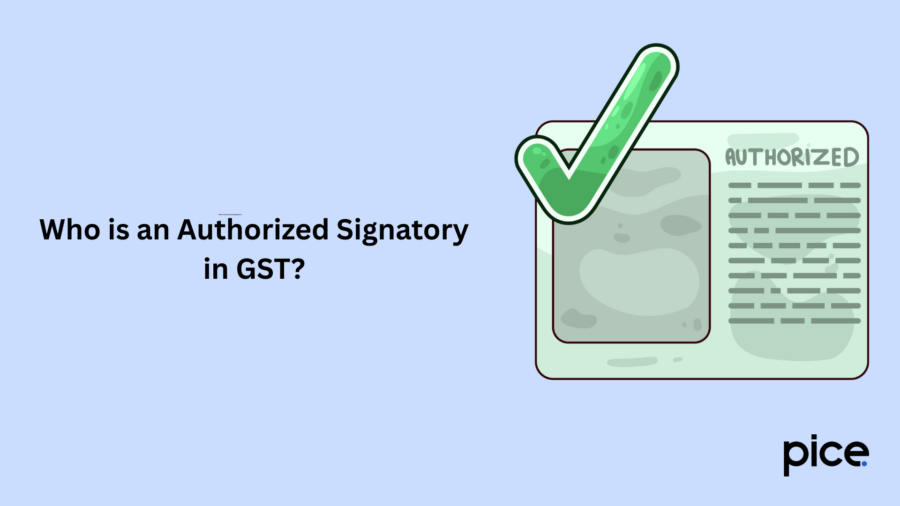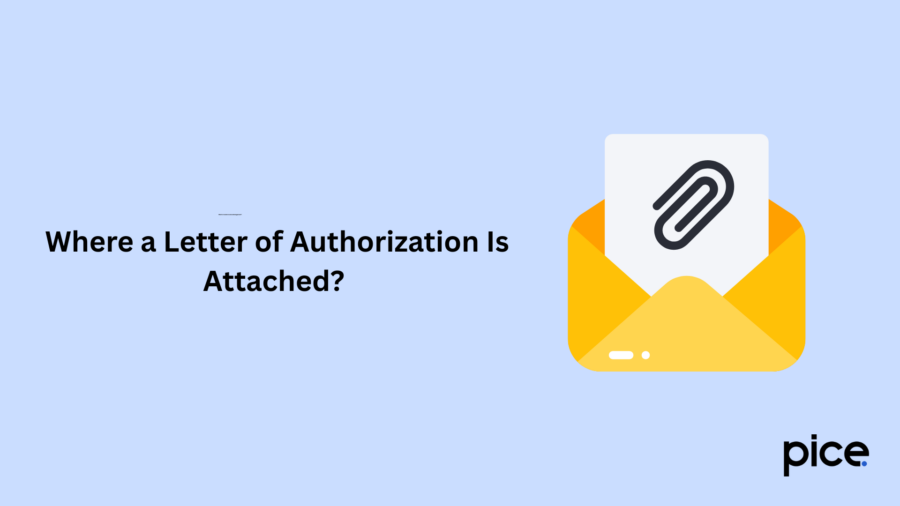A Guide on Letter of Authorization for GST Registration
- 22 May 25
- 7 mins

A Guide on Letter of Authorization for GST Registration
Key Takeaways
- A Letter of Authorization (LOA) legally empowers a person or entity to handle GST-related operations on behalf of a business.
- An authorized signatory serves as the official liaison between a business and the GST authorities, ensuring compliance.
- LOA is mandatory during GST registration, return filing, and when updating the authorized signatory.
- Only individuals directly related to the business, like partners or employees, can be designated as authorized signatories.
- A proper LOA format includes business details, authorized roles, validity duration, and required signatures.
Global companies operate around the world and include multiple decision-makers. In this scenario, it is crucial to designate an authority. Letter of Authorization for GST registration is a formal document that designates the power to perform GST-oriented business operations to an entity or person. It allows businesses to delegate responsibilities like responding to GST notices and filing of returns.
However, businesses must follow a proper format to draft a Letter of Authorization to formally appoint an authorized signatory and maintain optimum credibility with the tax authorities. The following overview talks about every detail of the Letter of Authorization that businesses must be aware of.
Who is an Authorized Signatory in GST?

An authorized signatory refers to a primary point of contact between the tax authorities and GST-registered businesses. The appointed individual(s) holds the authority to represent the business in all matters related to GST compliance.
An authorized signatory is solely identified as the responsible entity to ensure that the company complies with all GST regulations. A business can add up to 10 authorized signatories to the registration application.
As per GST norms, only the person who is related to the business can become an authorized signatory, be it a promoter, director, partner, proprietor or employee. Here are some of the primary responsibilities of an authorized signatory in GST:
- Oversee and record the financial transactions of the business to accurately and timely file GST returns
- Serve as a channel of communication between business and Goods and Service Tax authorities
- Verify and claim legitimate Input Tax Credit (ITC)
- Provide supporting documents and explanations during assessments and GST audits
What is a Letter of Authorization in GST?
Simply put, a Letter of Authorization (LOA) is a legal framework that empowers a person or an entity to take care of all GST-related operations on behalf of the organisation. It gives the authority to a person to represent the business for GST purposes.
If a business operates across different geographies, it is not feasible for 1 person to represent the business to GST authorities of different states. This is where an authorization letter becomes useful. This legal document acts as a formal letter to provide power to local entities or individuals to bring down the burden and add fluency to the process. Take a look at the functions of a Letter of Authorization:
- Registering under the Goods and Services Tax ecosystem
- Filing GST returns
- Communicating with GST authorities
- Furnishing documents and explanations to GST authorities
- Representing the taxpayer legally
A Letter of Authorization generally includes certain key details, such as:
- Name and GSTIN of the business
- Name and designation of the Authorizer
- Name and designation of the authorized signatory
- Scope of functions to be performed by an authorized signatory
- The duration for which the Letter of Authorization is given
- A statement explicitly defining the purpose of submitting LOA
- Signatures of the Authorizer and authorized signatory
- Company seal
- Date and time
Where a Letter of Authorization Is Attached?

A Letter of Authorization plays a vital role at the time of registration under GST. This binding document needs to be attached and submitted via the GST portal during any GST-related activities. Here’s a detail:
- GST Registration Application:
When registering a new business for GST, the LOA is a must as it designates a person to handle all GST tasks.
- GST Return Filing:
\LOA also needs to be attached when the authorized signatory files periodic GST returns. Since the assigned person is not the one who usually manages the business, the LOA serves as formal evidence.
- Change in Authorized Signatory:
If a company wants to change the authorized signatory, then the current LOA and a new updated LOA need to be attached to update the tax authorities.
Format of Letter of Authorization in PDF and Word Format
This section outlines a sample format of the Letter of Authorization. It can be drafted both in PDF and Word format. Take a look:
[Letterhead of the company]
[Date]
To,
The Department of Goods and Services Tax
[Address]
Subject: Authorization for GST Registration
I, [Your Name], the [Your Designation] of [Your Business Details] holding GSTIN [Your GSTIN], hereby authorise [Authorized Person’s Name] to act on behalf of the company for all operations related to GST compliance. Please find the details of the authorized signatory below:
- Name of the authorized signatory
- Designation of the authorized signatory
- Contact Details of the authorized signatory
This authorization will remain valid from [issuing date] to [expiry date] or until further notice.
Yours sincerely,
- Authorizer’s Signature
- Authorized Signatory's Signature
[Date]
[Place]
Conclusion
A well-drafted Letter of Authorization is a vital document for businesses in India to stay GST-compliant and operate seamlessly. Whether an individual or entity is authorized to perform return filing, furnish records or communicate with the authorities, this document serves as the ultimate legal backing.
By appointing one particular person for all kinds of tasks, businesses can normalise GST activities and navigate through the complexities of direct tax compliance.
💡If you want to streamline your invoices and make payments via credit or debit card or UPI, consider using the PICE App. Explore the PICE App today and take your business to new heights.
 By
By 















